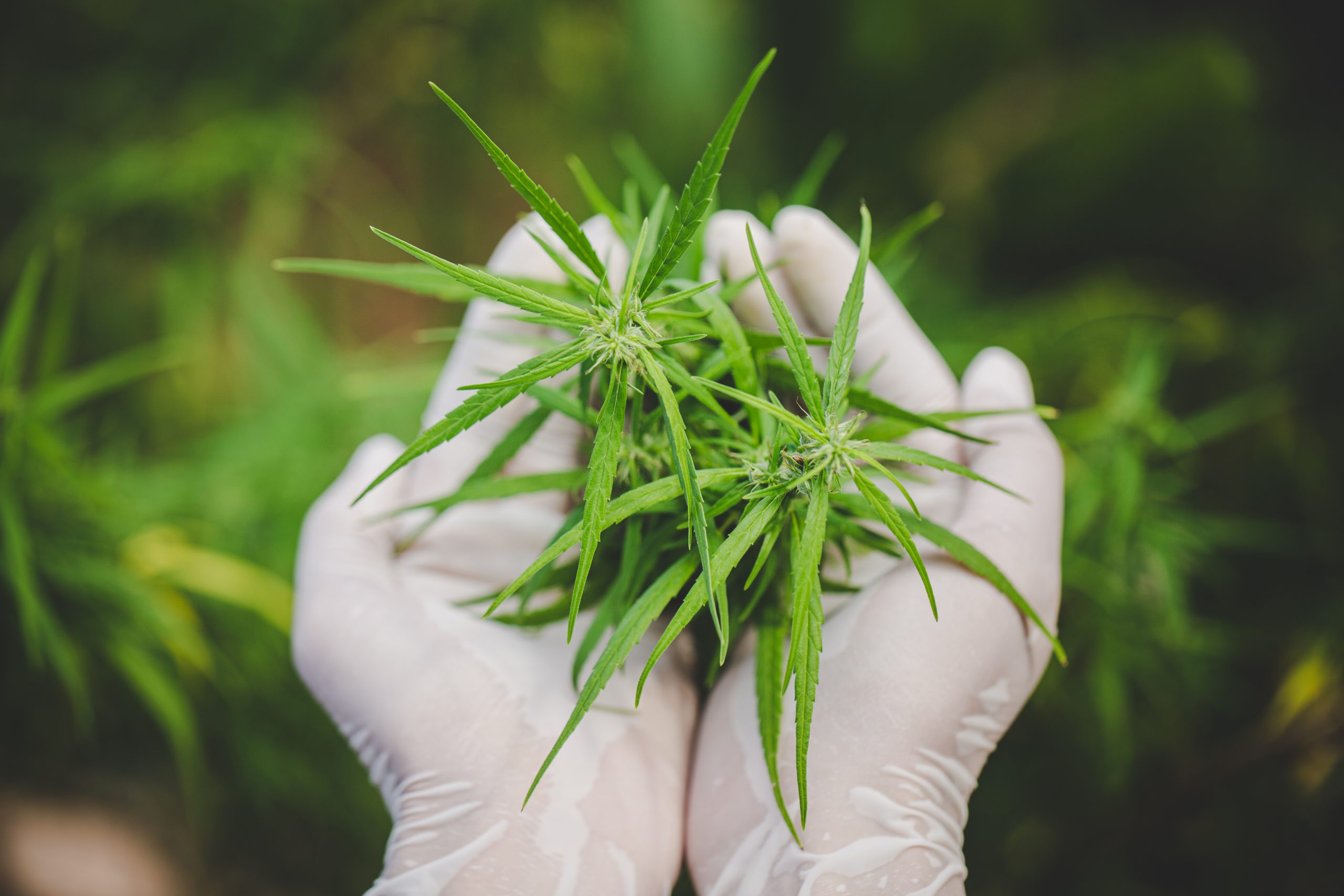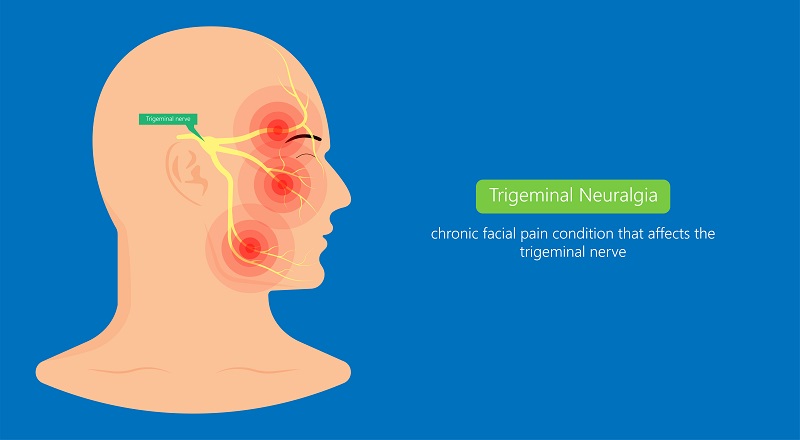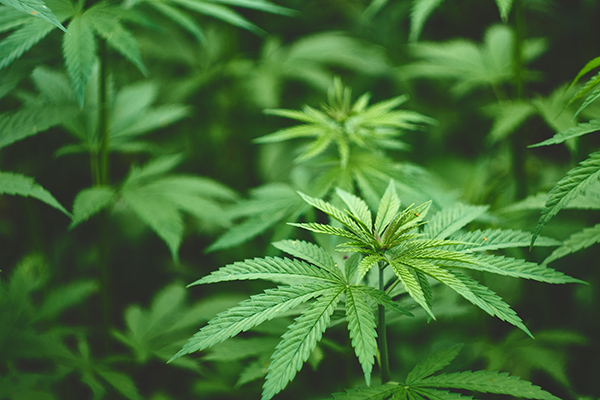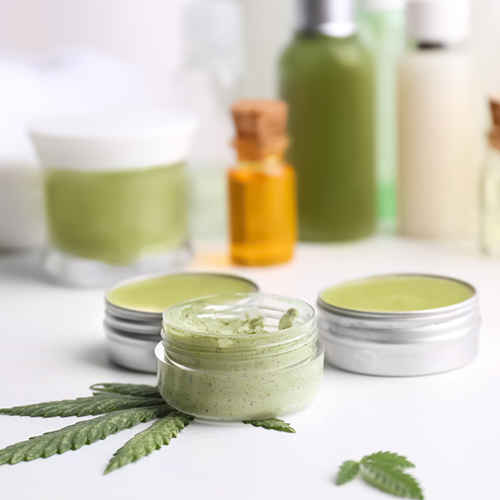Eight Ways CBD Topical Reduces Pain

The therapeutic potential of CBD in managing many clinical conditions, including pain, sleep disorders, inflammation, and epilepsy, is supported by a growing body of evidence. Changes in legislation and interest in the medical properties of cannabis are the reasons why researchers and clinicians are investing in CBD research and optimal delivery routes.
History of CBD
Cannabis has been known to humans for ages. Its first documented usage dates back to the third millennium BC, while there are possibilities as per archaeological evidence that it was in use even earlier. It was in the 14th century that the earliest restrictions on usage of cannabis were reported, while by the 20th century, many countries had restricted its use.
However, at the beginning of the 21st century, the approaches to cannabis have been changing in many countries. While some countries legalized cannabis, the potential medicinal properties of cannabidiol, a component found in cannabis plants, has led to extensive research on the topic.
Cannabidiol, or CBD, as it is popularly known, is one of the 400 different compounds present in hemp and marijuana plants. CBD is extracted in powder form from the plant, and numerous CBD topical preparations are made by adding essential oil or carrier oils such as coconut, hemp, or olive oils. Various CBD topical products are available in the form of body oil, facial cream, eye cream, face serum, Pain Relief Spray, Pain Relief roll-on, and lotion. CBD is not addictive or intoxicating, unlike THC or tetrahydrocannabinol that is found in marijuana.
Close to 61 of the 400 odd compounds in cannabis plants are cannabinoids. The therapeutic properties of CBD are because of the eighteen chemical groups in the compound, including amino acids, fatty acids, nitrogenous compounds, hydrocarbons, and terpenes.
Flowering plants of cannabis plants have been cultivated in many regions across the world for thousands of years for their medicinal, spiritual, and recreational purposes. Preparations of the plant in powder, spray, or oral form have been observed to produce anti-spasmodic, anti-inflammatory, analgesic (pain relief),anti-anxiety, and muscle-relaxant effects.
How do we feel pain?
Pain and inflammation are symptoms that indicate an underlying problem. The chronic pain state is one of the leading health problems across the globe that can negatively affect the quality of life. A 2018 Infographic suggests a chronic pain prevalence of between 30 to 50 percent in many countries across the world.
When there is a tissue injury, genetic change, trauma, or infection, the body responds with pain and inflammation. These responses can be acute or chronic. Acute response is the initial phase, where many changes happen in the injured or affected area. These changes include local vasodilatation (expansion of blood vessels), blood protein and fluid accumulation in the injury site, migration of neutrophils (which are the immune cells that fight invaders and infection), and releasing of inflammatory mediators (agents which promote inflammation) such as histamine, cytokines, and lymphokines. All of these pro-inflammatory agents and processes cause pain. The pain receptors are also activated, which contribute to the feeling of pain. If the condition is not treated at this stage, the inflammatory process further progresses and causes chronic inflammation where there are bigger cellular changes, and pro-inflammatory genes are over-expressed.
Conditions such as arthritis, osteoarthritis, diabetes, cancer, asthma, and heart diseases are characterized by chronic inflammation. Research suggests that endocannabinoids are produced and released in inflammatory conditions as a consequence of the release of pro-inflammatory cytokines. Clinical data indicate that endocannabinoid agonists are potentially effective in controlling inflammation.
CBD and pain relief
Opioids have traditionally been prescribed for pain relief. However, there have been many instances of drug overdoses, apart from the risk of addiction. With researchers focusing on finding a safer alternative to manage pain, cannabis has emerged as a frontrunner, given the minimal dependency or overdose risks. A study involving 2897 patients who were given medical cannabis found that a majority experienced pain relief with cannabis minus any unpleasant side effects. Among those surveyed, 81 percent strongly agreed that CBD was more effective in reducing pain when taken alone (without opioids).
Another study published in the European Journal of Pain showed CBD pain relief spray was effective in reducing pain and inflammation in animals.
Altering pain perception: While close to a hundred different cannabinoids have been isolated and identified from the cannabis plant, the main psychoactive substance is Δ9-tetrahydrocannabinol (THC) that is produced by the leaves and flowers of the plant. THC is similar to the cannabinoid found in the human body called ‘anandamide’ (ananda means bliss in Sanskrit, an ancient language).
The plant also contains CBD or cannabidiol, which is the other major cannabinoid present in the cannabis plant. CBD has also been found to have significant anti-inflammatory, analgesic, and anxiolytic properties minus the psychoactive effects exerted by THC. While CBD does not have a great affinity towards CB1 and CB2 receptors, it can reduce the efficacy of THC.
CBD regulates pain perception by altering the activity of many other processes. It has been shown that cannabidiol combines with THC to provide analgesic benefits.
Non-CB receptor mechanisms: Unlike THC, CBD does not cause a ‘high’ but exerts antipsychotic, anti-anxiety, and alerting effects. In addition, CBD also influences various physiological and neurological processes because of the endocannabinoid system (ECS). The ECS system, ever since its discovery in the 1990s, has been the focus of research and has been found to be critical for a range of body functions, including relaxation, sleeping, mood, immune activity, bone density, metabolism. The ECS system regulates our sensory experiences such as pain, anxiety, relaxation, and mood.
There are two different endocannabinoid receptors in the ECS system, called the CB1 and CB2 receptors. Receptors are small proteins that are attached to cells and receive chemical signals and help the cells respond to them. While the brain is densely populated with CB1 receptors, the CB2 receptors are found in the immune system and gastrointestinal system. CB1 is also found in several organs and tissues, including the gastrointestinal tract, adipose tissue, the spinal cord, thyroid gland, liver, immune cells, and reproductive glands.
While CBD may have partial effect in activating these receptors, many researchers suggest
non-CB1 mechanisms in pain regulation. Some proposed mechanisms are the serotonin 1A receptor, vanilloid receptor 1, and adenosine A2A receptor activation, which play key roles in controlling inflammation and pain. The complex physiological mechanisms of CBD and its interaction with the ECS have been reviewed extensively by researchers.
CBD-infused topical Pain Relief Spray or cream work to indirectly activate these endocannabinoid receptors, and as the brain has the majority of CB1 receptors, topical CBD helps in controlling pain and provides relief from inflammation and stiffness.
Managing chronic pain: Clinical trials on cannabis-based medicines indicate that these can be a promising approach to manage chronic pain of varying origins. On the back of extensive research, the WADA ( World Anti-Doping Agency) removed the ban on the use of CBD by athletes.
Pain due to multiple sclerosis: CBD-infused pain relief spray is approved in some countries and has proven to be an effective therapy for providing relief from chronic pain that is a common symptom of multiple sclerosis. In addition to pain relief, CBD pain relief spray also led to improvements in urinary incontinence and sleep in patients with multiple sclerosis.
CBD oromucosal sprays are also being investigated for treating other disorders such as chronic cancer pain, migraine headache, and post-stroke pain.
Relieving pain by reducing inflammation: In a 2016 animal model study, researchers applied topical CBD gel on rats affected with joint pain for four consecutive days. The rats were given either 0.6, 6.2, 3.1, or 62.3 milligrams of CBD every day. The researchers observed that after four days, there was decreased inflammation in the affected joints, while the overall pain also had reduced.
While the researchers concluded that more human trials were needed, CBD had the potential to provide pain relief in arthritis due to its anti-inflammatory and analgesic effects.
CBD has been shown to suppress the activity of pro-inflammatory agents such as reactive oxygen species or ROS (also called free radicals) and TNF-α. Research also shows CBD reduces NF-κB, which is a type of protein that regulates the immune response in infections. High levels of NF-κB occurs in conditions such as arthritis, which is one of the causative factors of pain. In short, CBD can reduce these pro-inflammatory agents and provide relief from pain.
Several studies suggest that CBD has powerful anti-inflammatory and pain-relieving effects. While evidence suggests the anti-inflammatory effect of cannabis is several hundred times greater than that of aspirin, a study found that a majority of patients who were taking prescription medications for pain replaced them with medicinal cannabis. The most common medications replaced included opiates/opioids, NSAIDs, (non-steroidal anti-inflammatory drugs), triptans, muscle relaxers, and ergots.
Cancer pain: Cancer pain is complex, chronic, and includes inflammatory components. Severe cancer pain often becomes resistant to standard painkillers such as opioids and NSAIDs. While investigations are being conducted to find out if cannabinoids are effective in treating chronic cancer pain, animal models suggest cannabinoids are effective in treating cancer pain.
Non-cancer causes of pain: Researchers conducted two systematic reviews to test the efficacy of cannabinoids in treating chronic pain that is of non-cancerous origin, including fibromyalgia, neuropathic pain, rheumatoid arthritis, and other origins. Out of the 29 trials the researchers reviewed, 22 studies showed significant analgesic (pain relief) effect of cannabinoids.
Managing migraine headaches: Migraines can cause debilitating headaches while impairing the ability of the sufferer to carry out normal day-to-day tasks. While the exact cause of migraine is unknown, it is believed to have a hereditary origin. There are certain known triggers for migraines, including certain foods rich in protein called tyramine (cheese), chocolates, excess sun exposure, dehydration, stress, and hunger. While extensive research has not been carried out on the efficacy of CBD in treating migraine headaches, some studies have examined the effect of CBD in combination with THC in treating migraine.
A 2017 study showed that CBD and THC reduced the intensity and frequency of attacks in migraine sufferers. In the study that had two phases, some participants were given a combination of THC and CBD. In the first phase, participants were given the combination where one compound had no THC and had nine percent CBD while the other had 19 percent THC. Researchers found that pain reduced by 55 percent when the dosage of both was increased to 200 milligrams.
In the second phase of the study, researchers compared the THC and CBD combination with amitriptyline, the standard drug given to treat migraines. They found that the combination was more effective in reducing pain as compared to amitriptyline. The frequency of migraine attacks dropped by 40 percent when participants took a combination of THC and CBD.
Choosing the right CBD product
While it is always important to consult your doctor for acute or chronic pain, CBD products can be used alone or in conjunction with other medicines to manage pain. There are multiple CBD-infused products, including pain relief sprays, pain relief roll-on, pain relief CBD cream, extra-strength pain relief CBD creams and sprays. Topical sprays and creams with a good CBD concentration are effective in treating the pain of different origins. CBD-infused patches can also be used for extended pain relief.
When choosing a CBD-infused pain relief product, always ensure you read the label thoroughly. Know the amount of CBD the product contains, which is usually given in milligrams per dose, or the overall content. Ensure you also check if the product has other ingredients along with CBD, such as olive oil, almond oil, or other compounds.
Finally, check the website of the CBD pain relief product manufacturer to see if they have a stringent quality policy and a team of renowned scientists and researchers. This is important as the cannabis plant can easily absorb contaminants and heavy metals from pesticides. Check with your doctor if you are also taking other medications as CBD can interfere with the absorption of some other drugs.
More articles:











